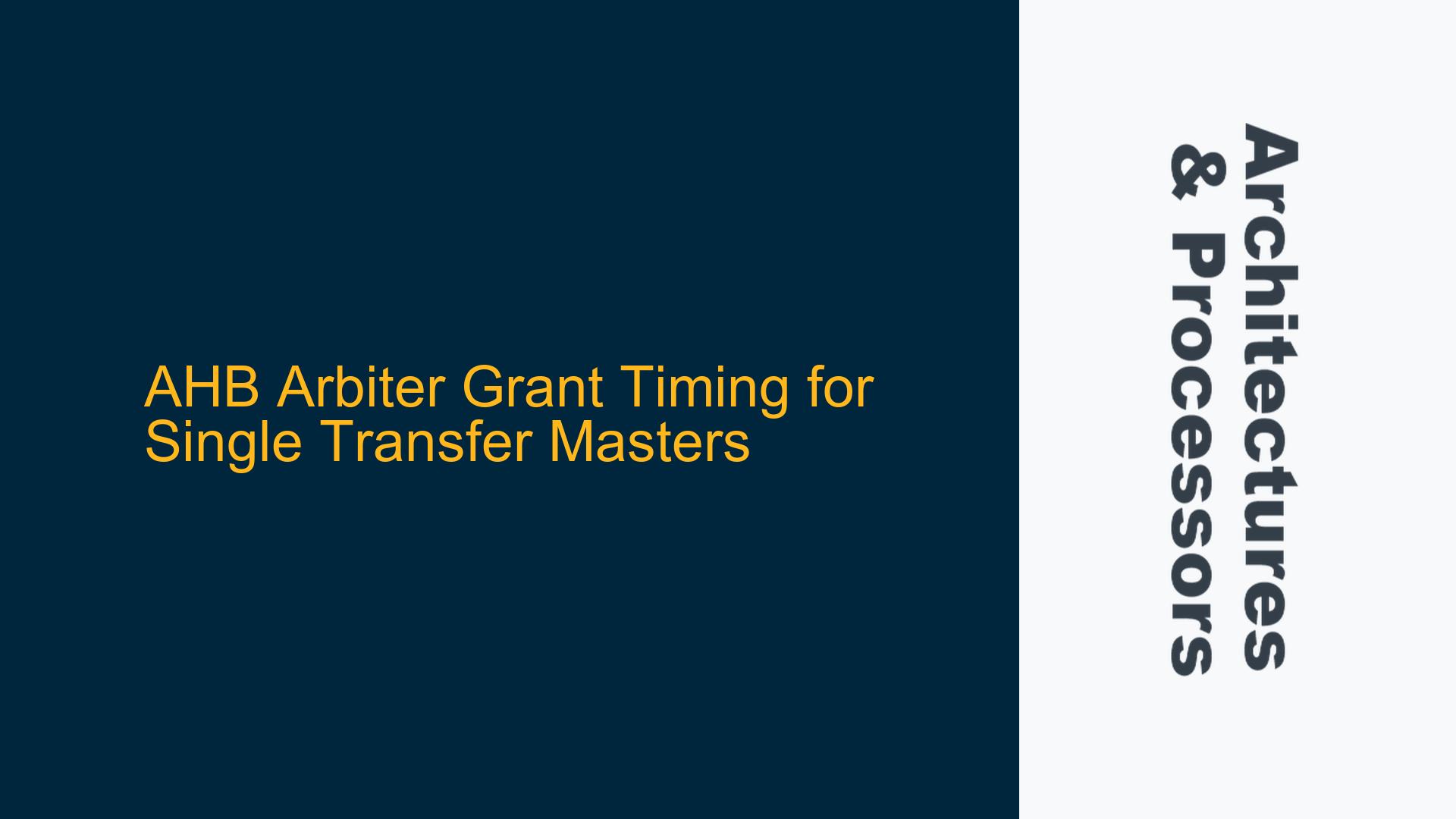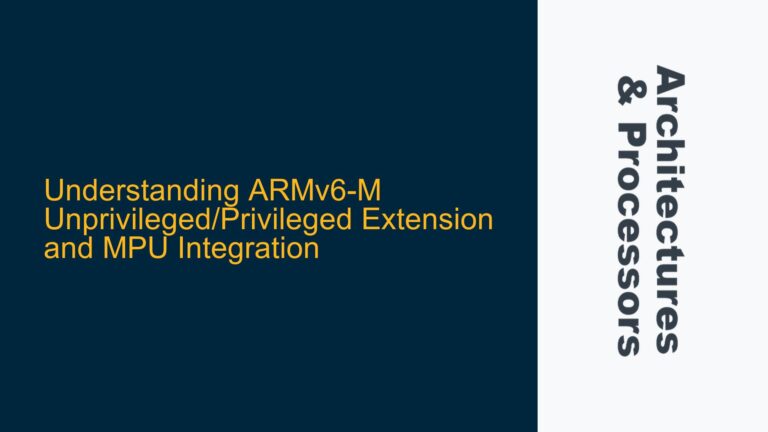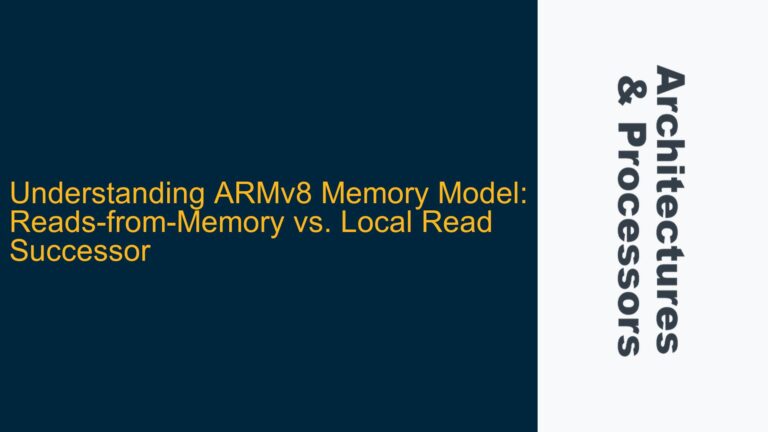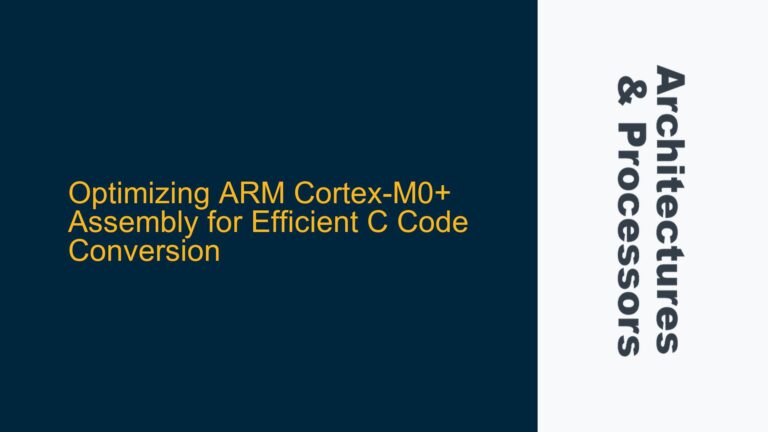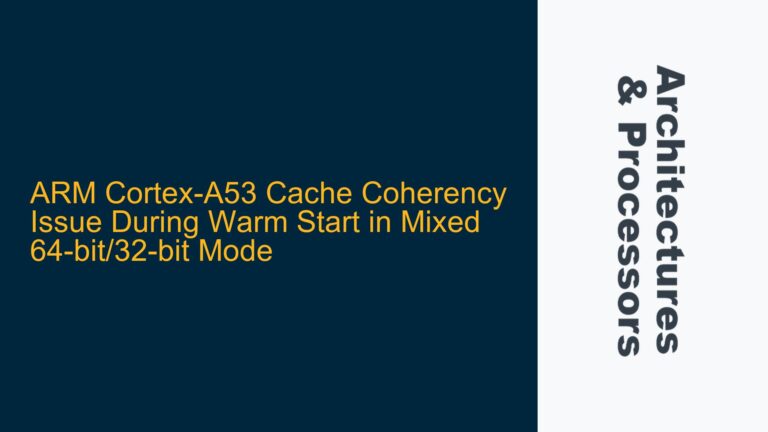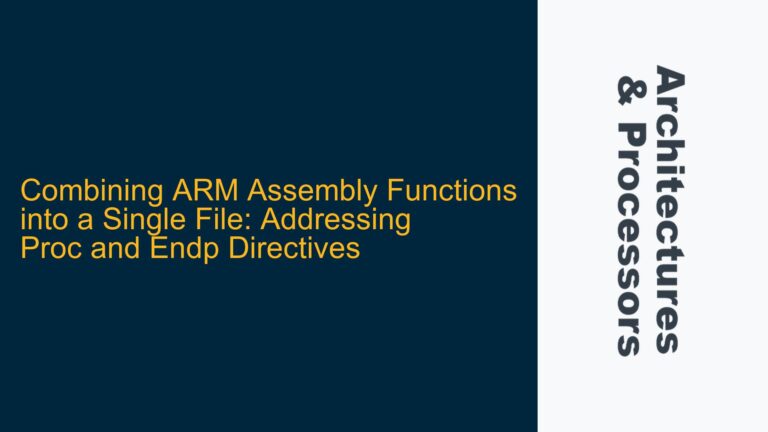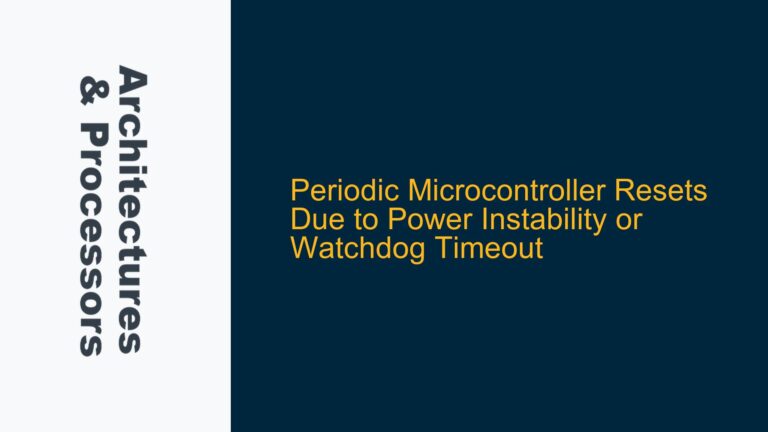AHB Arbiter Grant Timing and Master Behavior for Single Transfers
In ARM AMBA AHB (Advanced High-performance Bus) systems, the interaction between the arbiter and bus masters is critical for efficient bus utilization and correct protocol compliance. A common scenario arises when a bus master requests the bus to perform only a single transfer. The AHB protocol, being pipelined and synchronous, introduces specific timing constraints that must be carefully managed to avoid inefficiencies or protocol violations. This discussion focuses on the behavior of the AHB arbiter and the master when handling single transfers, particularly the timing of grant signals and the master’s response to these grants.
The AHB protocol specifies that the arbiter grants the bus to a master based on its request signal (HBUSREQ). Once granted, the master must drive the bus according to the protocol rules. However, due to the pipelined nature of AHB, there is a inherent delay between the arbiter asserting the grant signal (HGRANT) and the master detecting this grant. This delay can lead to situations where a master is granted the bus for more cycles than necessary, especially when performing a single transfer. Understanding and managing this timing is crucial for both the arbiter and the master to ensure protocol compliance and optimal bus utilization.
Pipeline Delays and Synchronization in AHB Protocol
The AHB protocol’s pipelined nature means that signals propagate through the system in a synchronized manner, with each signal transition taking at least one clock cycle to be sampled and acted upon. This introduces a minimum two-cycle delay between the arbiter asserting HGRANT and the master de-asserting HBUSREQ. The first cycle is used by the arbiter to assert HGRANT, and the second cycle is used by the master to sample HGRANT and de-assert HBUSREQ. This delay is inherent to the protocol and cannot be avoided without introducing combinatorial logic, which would create critical timing paths and potential metastability issues.
The timing diagram provided in the discussion illustrates this scenario. Master 1 (M1) requests the bus at time T1, and the arbiter samples this request at T2, asserting HGRANT at the same time. M1 samples HGRANT at T3 and de-asserts HBUSREQ. However, due to the pipeline delay, the arbiter does not sample the de-asserted HBUSREQ until T4. During this period, M1 remains granted the bus, even though it has completed its single transfer. This results in M1 being granted the bus for two cycles instead of one, which is inefficient but necessary to maintain protocol compliance.
Implementing IDLE Cycles for Single Transfer Masters
To handle the scenario where a master is granted the bus for more cycles than necessary, the AHB protocol requires the master to drive IDLE cycles during the extra grant periods. This ensures that the bus remains in a valid state and avoids protocol violations. In the case of M1, after completing its single transfer at T3, it must drive IDLE cycles at T4 until the arbiter de-asserts HGRANT. This behavior is depicted in the second waveform of the discussion.
Driving IDLE cycles is a straightforward solution that aligns with the AHB protocol’s requirements. It allows the arbiter to manage bus grants efficiently while ensuring that the bus remains in a valid state at all times. This approach also simplifies the design of both the arbiter and the masters, as it avoids the need for complex combinatorial logic to handle grant timing.
Detailed Analysis of AHB Arbiter and Master Timing
To further understand the timing constraints and interactions between the AHB arbiter and masters, let’s break down the sequence of events in detail:
- Master Request (T1): M1 asserts HBUSREQ to request the bus for a single transfer.
- Arbiter Sampling (T2): The arbiter samples HBUSREQ and asserts HGRANT for M1.
- Master Sampling (T3): M1 samples HGRANT and de-asserts HBUSREQ.
- Arbiter Sampling De-assertion (T4): The arbiter samples the de-asserted HBUSREQ and de-asserts HGRANT.
During this sequence, the critical timing path is between T2 and T4. The arbiter cannot de-assert HGRANT until it samples the de-asserted HBUSREQ, which takes two cycles due to the pipeline delay. This results in M1 being granted the bus for two cycles, even though it only needs one cycle for its transfer.
Protocol Compliance and Bus Utilization
The AHB protocol’s design ensures that all bus transactions are handled in a predictable and synchronized manner. The pipeline delay between HGRANT assertion and HBUSREQ de-assertion is a fundamental aspect of this design. While it may seem inefficient to grant the bus for an extra cycle, this approach guarantees protocol compliance and avoids potential timing violations.
From a bus utilization perspective, the extra cycle granted to M1 does not significantly impact overall system performance, especially in systems with multiple masters and frequent bus transactions. The arbiter’s priority logic ensures that high-priority masters are granted the bus as quickly as possible, minimizing the impact of any inefficiencies caused by single transfer grants.
Design Considerations for AHB Arbiter and Masters
When designing an AHB arbiter and masters, several considerations must be taken into account to handle single transfer scenarios effectively:
-
Arbiter Design: The arbiter must be designed to handle the pipeline delay between HGRANT assertion and HBUSREQ de-assertion. This includes ensuring that the arbiter does not prematurely de-assert HGRANT, which could lead to protocol violations.
-
Master Design: Masters must be designed to drive IDLE cycles during extra grant periods. This requires the master to monitor HGRANT and HBUSREQ signals and transition to IDLE cycles after completing a single transfer.
-
Timing Analysis: Detailed timing analysis must be performed to ensure that all signals meet the protocol’s timing requirements. This includes analyzing the critical timing paths between the arbiter and masters to avoid setup and hold time violations.
-
Verification Strategies: Comprehensive verification strategies must be implemented to validate the behavior of the arbiter and masters in single transfer scenarios. This includes functional verification, timing verification, and protocol compliance checks.
Verification of Single Transfer Scenarios
Verifying the behavior of the AHB arbiter and masters in single transfer scenarios is crucial to ensure correct system operation. The following steps outline a comprehensive verification approach:
-
Functional Verification: Develop test cases that simulate single transfer scenarios, including different combinations of master requests and arbiter grants. Verify that the arbiter correctly asserts and de-asserts HGRANT and that masters drive IDLE cycles during extra grant periods.
-
Timing Verification: Perform timing analysis to ensure that all signals meet the protocol’s timing requirements. This includes checking the setup and hold times for HGRANT and HBUSREQ signals and ensuring that there are no critical timing paths.
-
Protocol Compliance Checks: Use protocol checkers to verify that all bus transactions comply with the AHB protocol. This includes checking for correct signal transitions, valid bus states, and proper handling of IDLE cycles.
-
Corner Case Analysis: Identify and test corner cases, such as simultaneous requests from multiple masters, high-frequency bus transactions, and edge cases in timing relationships. Ensure that the arbiter and masters handle these scenarios correctly.
Conclusion
The AHB protocol’s pipelined and synchronous nature introduces specific timing constraints that must be carefully managed when handling single transfer scenarios. The arbiter’s grant timing and the master’s response to these grants are critical for maintaining protocol compliance and optimizing bus utilization. By driving IDLE cycles during extra grant periods, masters can ensure that the bus remains in a valid state while the arbiter manages bus grants efficiently.
Designing and verifying AHB arbiters and masters for single transfer scenarios requires a deep understanding of the protocol’s timing requirements and a systematic approach to functional and timing verification. By following the guidelines outlined in this discussion, designers can ensure that their AHB-based systems operate correctly and efficiently, even in complex multi-master environments.
